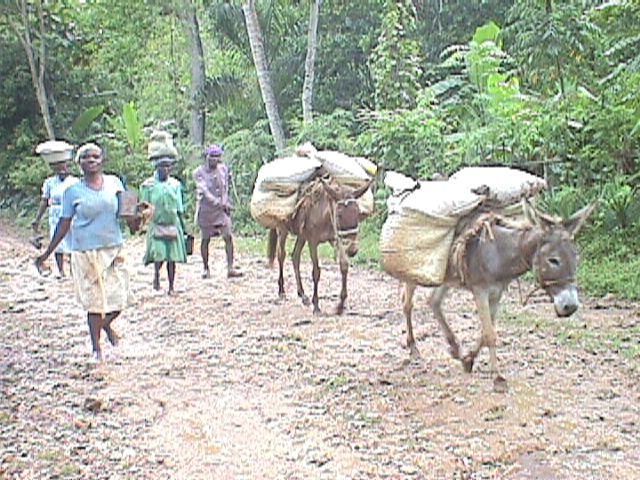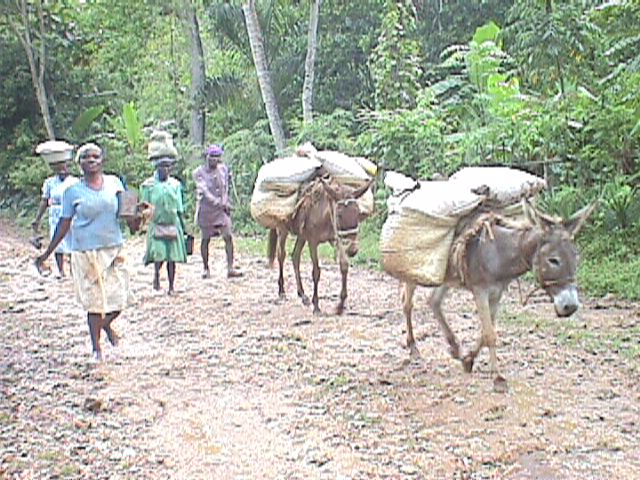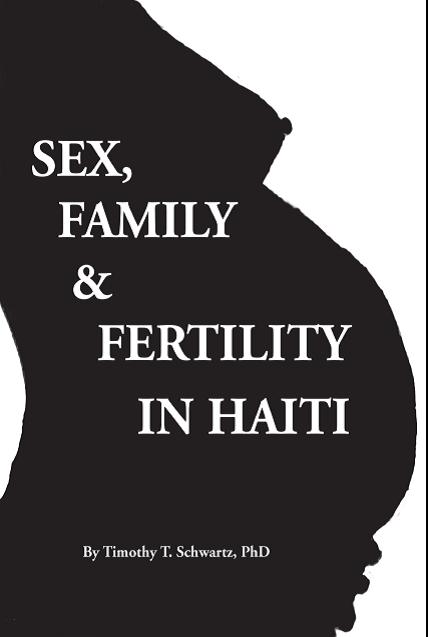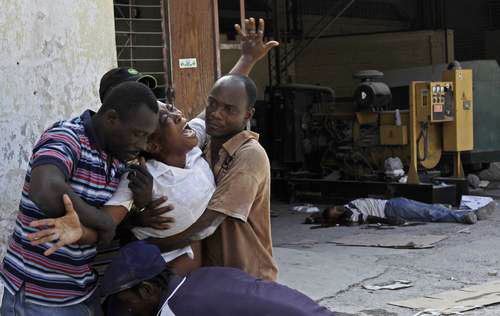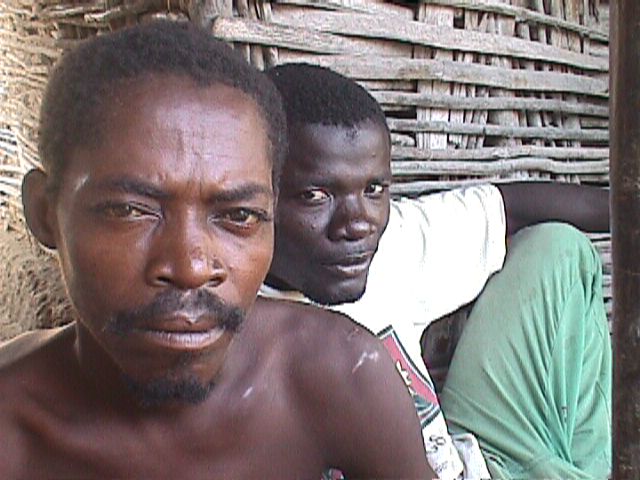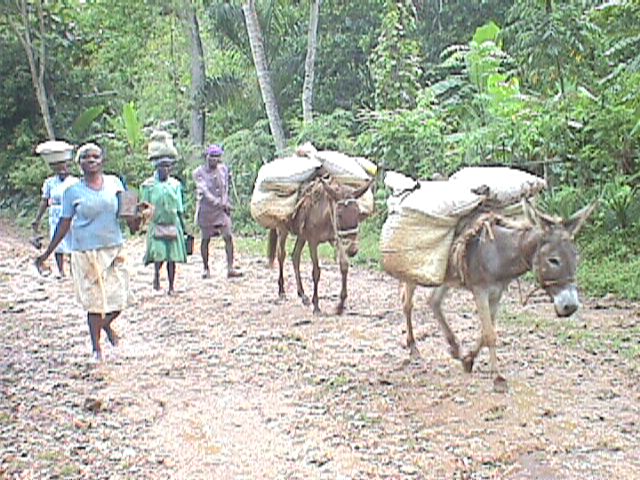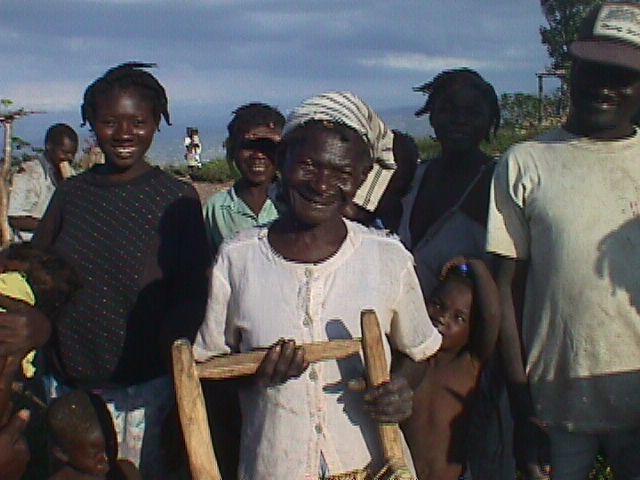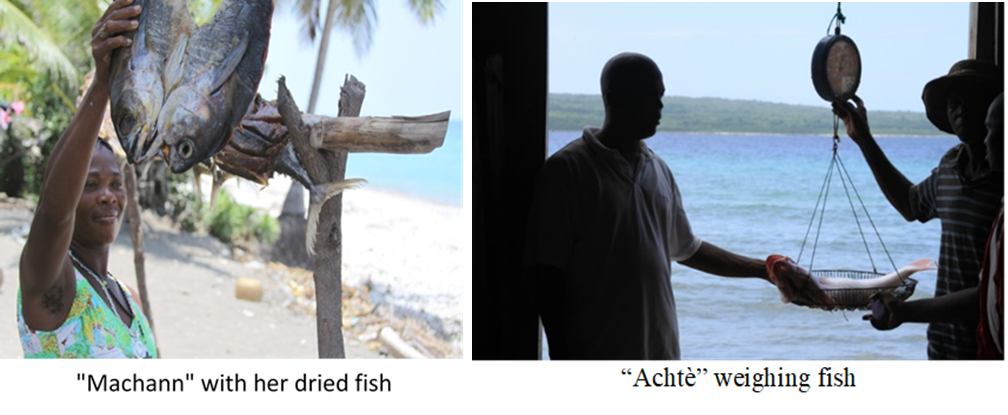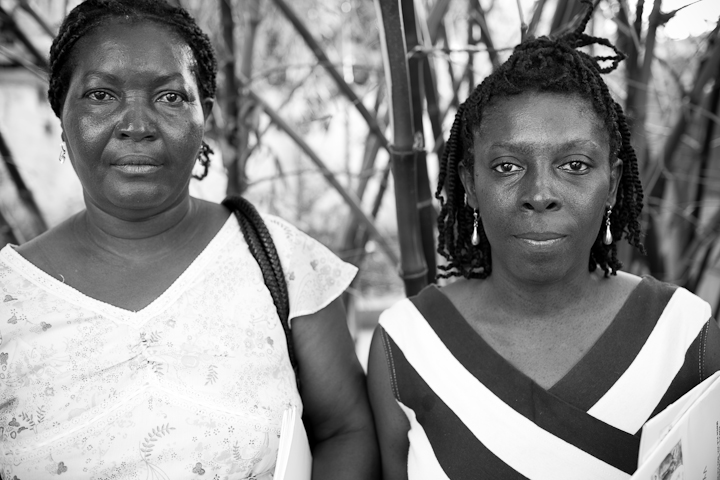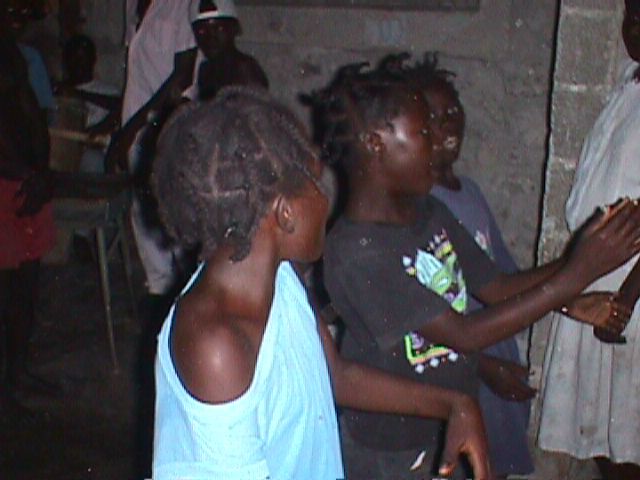Just What is a Madan Sara
The most critical defining characteristic of the sara is her ability to leverage capital, knowledge, and relathioships to obtain and move produce at lower than wholesale prices.
NHADS SURVEY (Nutrition, Health, Agriculture and Demographic Survey, Jean Rabel, Haiti)
The survey for this report was conducted in 1997 in Commune of Jean Rabel which covers 467 km2 of territory and has an estimated population of 130,330 residents, 278 people per km2. The area is generally considered among the poorest in Haiti. Infrastructure in the form of a few roads and schools are in horrificRead More
Sex, Family and Fertility in Haiti
Reviews Rich, sophisticated, authentic, provocative, the work of a genuine anthropologist. (Robert Lawless, Wichita State University) Schwartz challenges prevailing wisdom in the field of demography with a strong set of data. He shows the relationship between marriage, family, fertility, agriculture, and emigration in rural Haiti. He relates beliefs with behavior and opportunities and strategies forRead More
Visual Fake News and the Absurdity of the Haiti Post-Earthquake Rape Epidemic
Cover Photo: This is an all too common abuse and/or misinterpretation of a photo from post earthquake Haiti. South Atlantic Press Agency, as well as MercoPress, used the AFP photo as an illustration (bait) for an article on gender violence in Haiti. You can find the original explanation for what happened here at an NBCRead More
Haiti Anthropology Brief: A Word on the Violence of Haitian Compared to US Men
The 2005-6 Haitian EMMUS found that 19.3% of women interviewed had, at some point in their lives, experienced physical or sexual violence at the hands of a partner. However, putting this in regional perspective, it is the second lowest rate in Latin America (PAHO 2012); and 2.8% less than the 22.1% reported in year 2000Read More
Haiti Anthropology Brief: Defining the Haitian Madam Sara
Named for a migratory bird that assiduously searches for and finds food wherever it goes, the Haitian madam sara (pronounced ma-dan sé-ra) acts as the critical market link between rural producers and the urban consumer, most importantly the 30% of the national population who live in Port-au-Prince, many of whom work for wages and receiveRead More
Violent Women in Haiti: Ethnographic and Survey Data
There is a great deal of concern in the NGO community about violence against Haitian women. Google ‘Haiti GBV’ and you’ll see that it’s a veritable rallying cry for feminine interventions and donations. It’s always good to help people, especially those who are victims of violence. But the vast majority of people seeking to helpRead More
Gender and the Fish Market Chain in Haiti
NGO Interventions, Associations and the Market Chain: Risk of Putting Women out of Business NGOs have intervened in the purchasing-processing-storage-and-marketing chain to help fishermen get better prices for their fish and thereby bolster income to impoverished households. This support has encouraged the formation of male-dominated fishing associations. In addition to help with offshore fishing, theyRead More
History of Haiti’s Fabricated Rape Epidemics
In this article I begin with the rape epidemic that supposedly shook Haiti following the 2010 earthquake and then trace back in time the role of international aid agencies, activists, foreign governments, Haitian politicians and Haitian opportunist aid entrepreneurs in creating what has become an industry of being “viktim.”
The Sexual Moral Economy in Rural Haiti
Rural Haitian women assiduously negotiate sexual acquiescence to men and they do so with the goal of material gain. Ira Lowenthal (1984: 22) first described this behavior in detail when he reported that women in his research community referred to their genitals as intere-m (my assets), lajan-m (my money), or manmanlajan-m (my capital), in additionRead More
